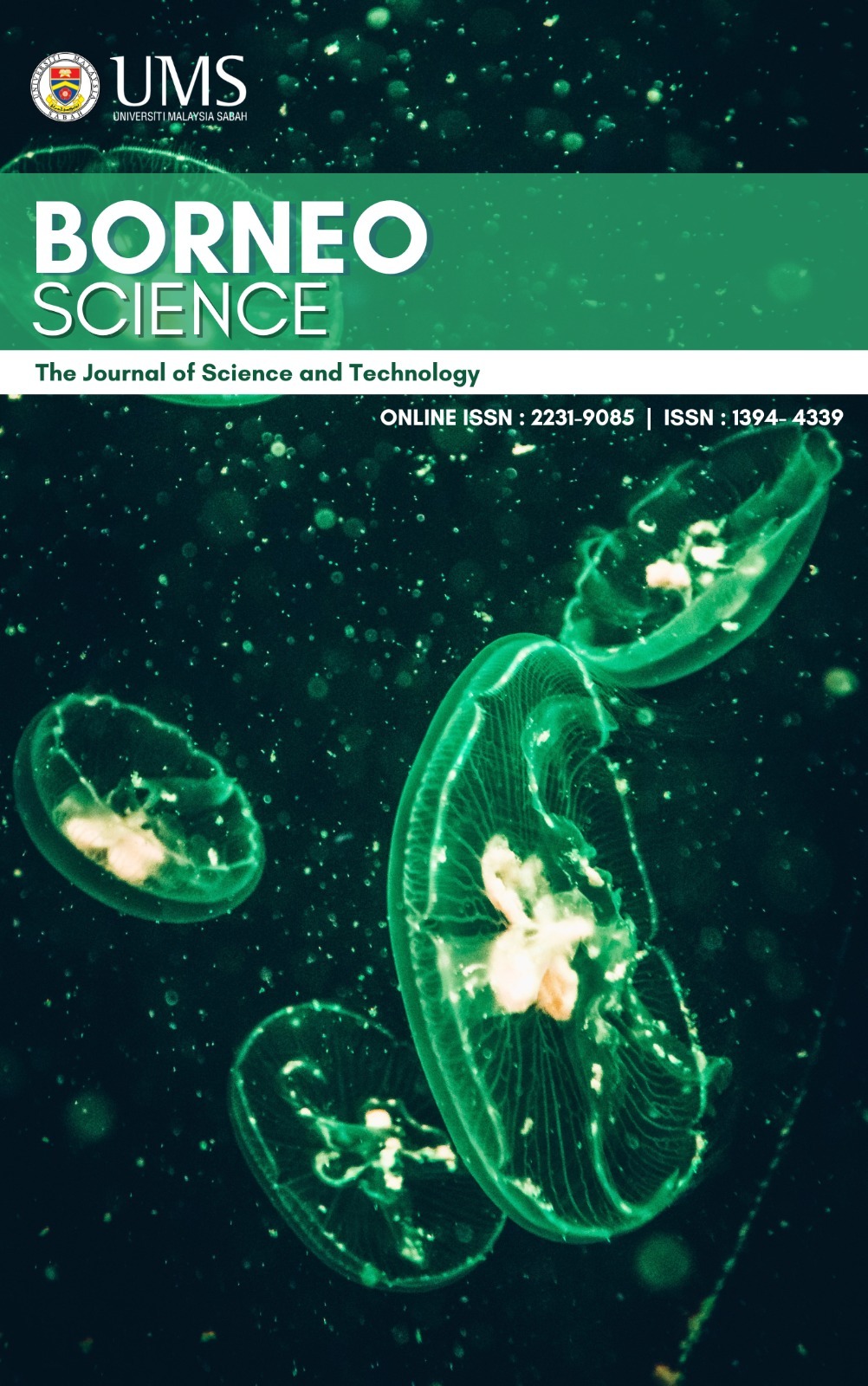TOURIST SATISFACTION DIMENSION IN KINABALU PARK, SABAH, MALAYSIA
DOI:
https://doi.org/10.51200/bsj.v41i2.4450Keywords:
Tourist Satisfaction Dimension, Kinabalu ParkAbstract
This paper aims to identify the tourist satisfaction dimensions in Kinabalu Park as a World Heritage Site, to come out with the tourist satisfaction indicators for responsible rural tourism framework at Kinabalu Park, Sabah, Malaysia, in terms of satisfaction and dissatisfaction dimension. One of the data sources to achieve this aim is the in-depth interview session with the tourist in Kinabalu Park, specifically the mountain climbers. The interview was conducted with Herzberg’s Critical Incident Technique (CIT), which is a method that asks the respondents to recall their exceptionally good feeling as well as their exceptionally bad feeling during their experience in Kinabalu Park. The data were analyzed thematically based on Driver’s Recreation Experience Preference (REP) scale to identify the tourists’ satisfaction dimension. Our study found that “scenery enjoyment” was the most prevalent domain for a satisfying experience or the source of good feeling. Along with the “scenery enjoyment”, there were other three emerging experience domains that could contribute to understanding the tourist satisfaction dimensions in Kinabalu Park.
References
Alegre, J. and Garau, J. (2010). Tourist Satisfaction and Dissatisfaction. Annals of Tourism Research, Vol. 37, No. 1, pp. 52-73.
Driver, B.L. (1983). Master list of items for Recreation Experience Preference scales and domains. Unpublished Document. USDA Forest Service, Fort Collins, CO: Rocky Mountain Forest and Range Experiment Station.
Faleye, O., Hoitash, R. and Hoitash, U. (2000), Improving your measurement of customer satisfaction. A guide to creating, conducting, analyzing, and reporting customer satisfaction measurement programs, Journal of the Academy of Marketing Science, Vol. 101, No. 2, p. 490.
Fuchs, M. and Weiermair, K. (2003). New perspectives of satisfaction research in tourism destinations. Tourism Review, 58(3), 6–14.
Fuller, J. and Matzler, K. (2007). Customer delight and market segmentation: An application of the three-factor theory of customer satisfaction on life style groups. Tourism Management, 29(1).
Timothy Ajeng Mereng, Hamimah Talib and Jennifer Chan Kim Lian Herzberg, F.W. (1966). Work and the nature of man. Cleveland: World Publishing. Kano, N. (1984). Attractive quality and must-be quality. Journal of the Japanese Society for Quality Control, 1(4), 39-48.
Kano, N., Seraku, N., Takahashi, F. and Tsuji, S. (1984). Attractive quality and must-be quality. Quality: The Journal of the Japanese Society for Quality Control, 14(April), 39-48.
Kitayama, K. (1991 ). Vegetation of Mount Kinabalu Park Sabah, Malaysia: A Project Paper. Protected Areas and Biodiversity Environment and Policy Institute.
Knopf, R.C. (1976). Relationships between desired consequences of recreation engagements and conditions in home neighborhood environments. Unpublished doctoral dissertation, University of Michigan, Ann Arbor.
Knopf, R.C. (1983). Recreational needs and behavior in natural settings. In J. F. Wohlwill (Ed.), Behavior and the Natural Environment, pp. 205-240. New York: Plenum Publishing.
Knopf, R.C., Driver, B.L. and Bassett, J.R. (1973). Motivations for fishing. In Transactions of the 28th North American Wildlife and Natural Resources Conference, pp. 191 -204.Wash., DC: Wildlife Management Institute.
Knopf, R.C., Peterson, G.L. and Leatherberry, E.C. (1983). Motives for recreational river floating: Relative consistency across settings. Leisure Sciences, 5(3), 231 -25
Lo, M.C., Songan, P., Mohamad, A.A. and Yeo, A.W. (2011). Rural destination and tourists’ satisfaction, Journal of Services Research. Pp. 58-74.
Matzler, K., Sauerwein, E. and Heischmidt, K. (2003). Importance-performance analysis revisited: The role of the factor structure of customer satisfaction. The Service Industries Journal, 23(2), 112–129.
Mereng, T.A., Talib, H. and Chan, J.K.L. (2016). Tourist Satisfaction Indicators for Responsible Rural Tourism Framework: A Case of Kinabalu National Park. Proceeding of the International Social Sciences Academic Conference (ISSAC 2016), ISBN 978-967-13637-5- 1.
Mittal, V., Ross, W.T. and Baldasare, P.M. (1998). The asymmetric impact of negative and positive attribute-level performance on overall satisfaction and repurchase intentions. Journal of Marketing, 62(1), 33–47.
Phillipps, A. and Liew, F. (2005). Globetrotter Visitor’s Guide – Kinabalu Park, New Holland Publishers (UK) Ltd. Slevitch, L. and Oh, H. (2010), Asymmetric relationship between attribute performance and customer satisfaction: A new perspective, International Journal of Hospitality Management, Vol. 29, No. 4, pp. 559-569.
Talib, H., Chan, J.K.L. and Mereng, T.A. (2014). Sustaining Tourist Satisfaction in Mt. Kinabalu, Sabah, EDP Sciences, SHS web of Conferences, Vol.12, 2014, http://dx.doi.org/10.1051/shsconf/20141201024, 19 Nov.2014.
Tontini, G. and Silveira, A. (2007), Identification of satisfaction attributes using competitive analysis of the improvement gap, International Journal of Operations Production Management, Vol. 27, No. 5, pp. 482-500.
Walker, R. (1985). An Introduction to Applied Qualitative Research, in R. Walker (ed) Applied Qualitative Research. Vermont, Gower Publishing. World Tourism Organization (WTO). (1985). Identification and Evaluation of those Components of Tourism Satisfaction and which can be Regulated and State Measures to Ensure Adequate Quality of Tourism Services. World Tourism Organisation, Madrid.






